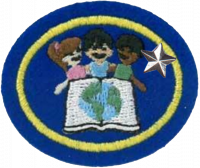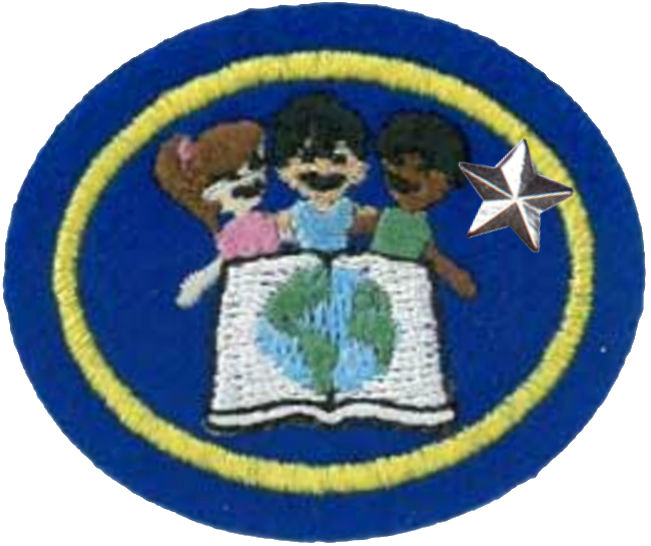AY Honors/Small Group Bible Study - Advanced/Answer Key
Skill Level
3
Year
2016
Version
09.11.2025
Approval authority
North American Division
1
For tips and instruction see Small Group Bible Study.
2
When the group grows so large as to lose its intimacy, it is time to multiply (we do not say "divide"). This is generally when the group size reaches 8 or 9, though it can grow larger than that. One sign that the group has grown large enough to multiply includes the consistent attempts to conduct multiple simultaneous discussions.
Be careful in how you handle the multiplication. The most important aspect of forming a new group is finding someone who can lead it. This will generally be the person who is most engaged in the discussions. The next task is to figure out where, when, and with whom it can meet. The "with whom" part can be delicate, and as the leader, you are not in a position to dictate who goes where. If the members do not want to go to another group, they most likely will quit participating if you force the issue.
3
Meeting with fewer than four people presents difficulties. Unfortunately, we live in a sinful world, so it is very important to never have an adult meet one-on-one with a child. This is as much for the protection of the adult as it is for the child. False allegations against an adult will irrevocably damage that adult's ministry, and must be protected against. This is why you must always have at least three people (and having two of them being adults is even better). Worse yet is if the allegations are true (and yes, this happens even in the SDA church). Having four people allows one of them to miss a meeting without putting the remaining group in jeopardy.
If the group is small, it is best to meet in a public place where there are people, and where the group can be seen by them at all times. A public place does not mean "in the church" if no one else is there, or if no one else can see what's going on.
4
Proceed with caution. If you are meeting in a public place, you might be OK. If not, you should definitely cancel the meeting and try again the following week. If your group is newly multiplied, and you know of another group that is meeting at the same time, you may consider joining them for this meeting. Under no circumstances should the meeting proceed if the only participants are an adult and an unrelated child in a private space.
If a parent drops a child off and no one else is present but you, insist that the parent remain until another member shows up. It is better to have the parent get into the habit of coming in with their child instead of just dropping them off at the door
If no one else shows up, have them take their child home, or drive separately to another meeting.
5
5a
5b
5c
5d
5e
6
7
References


